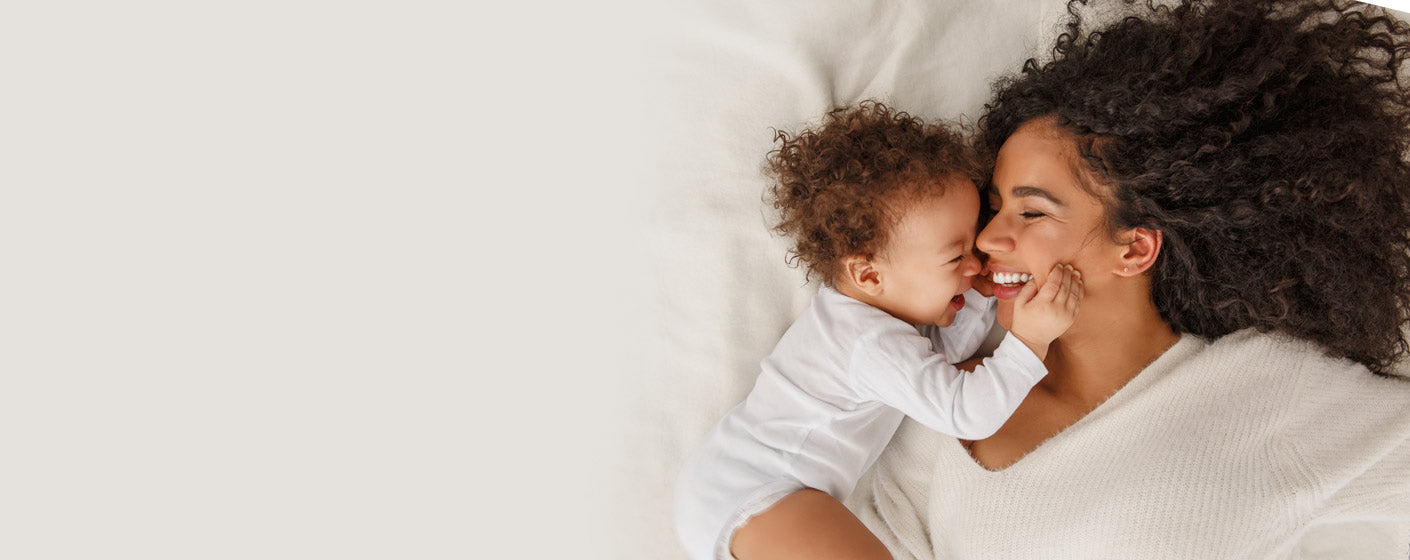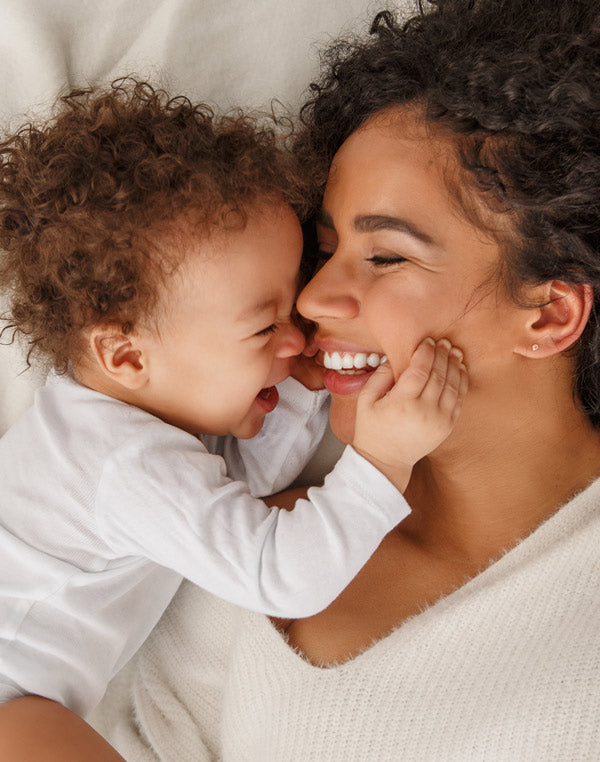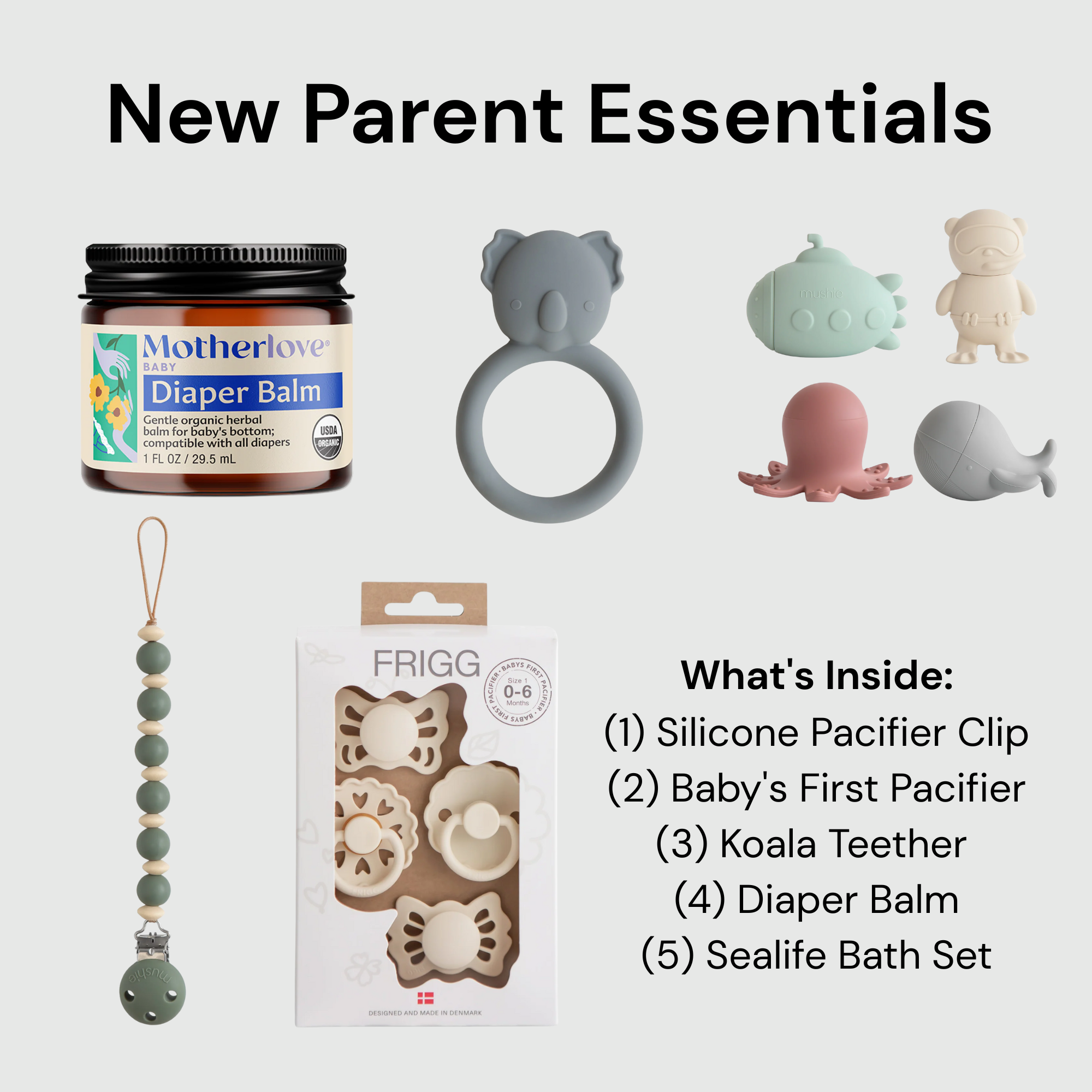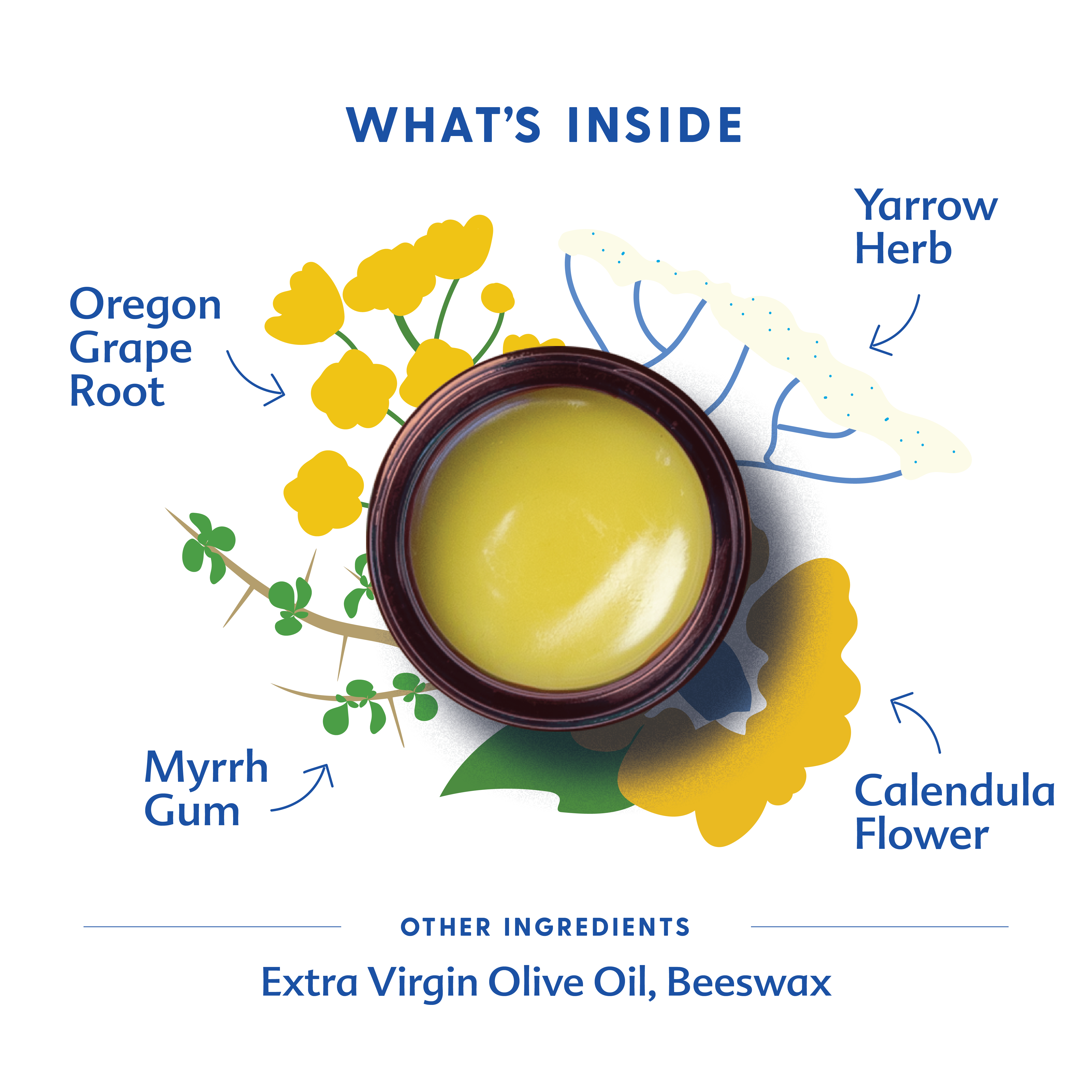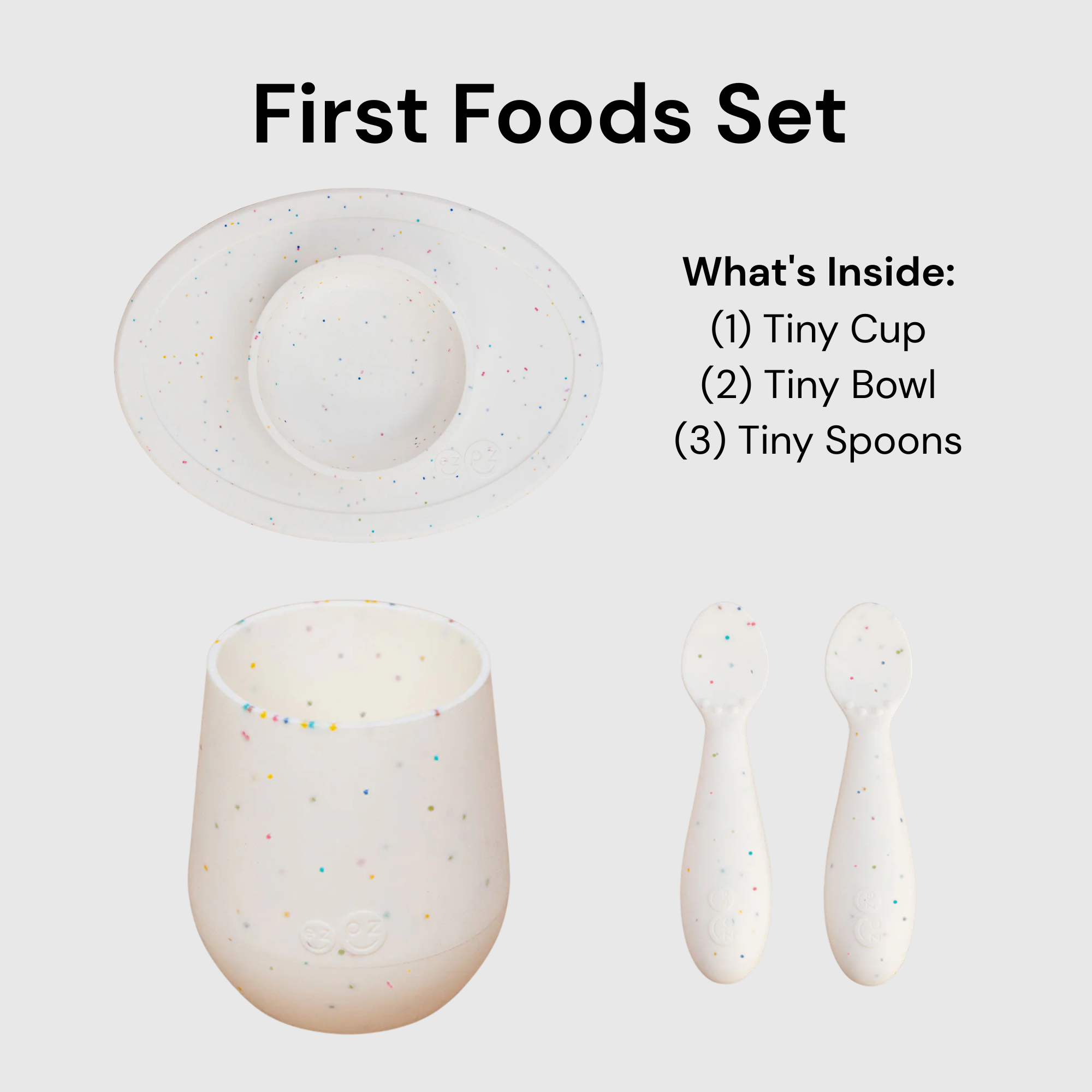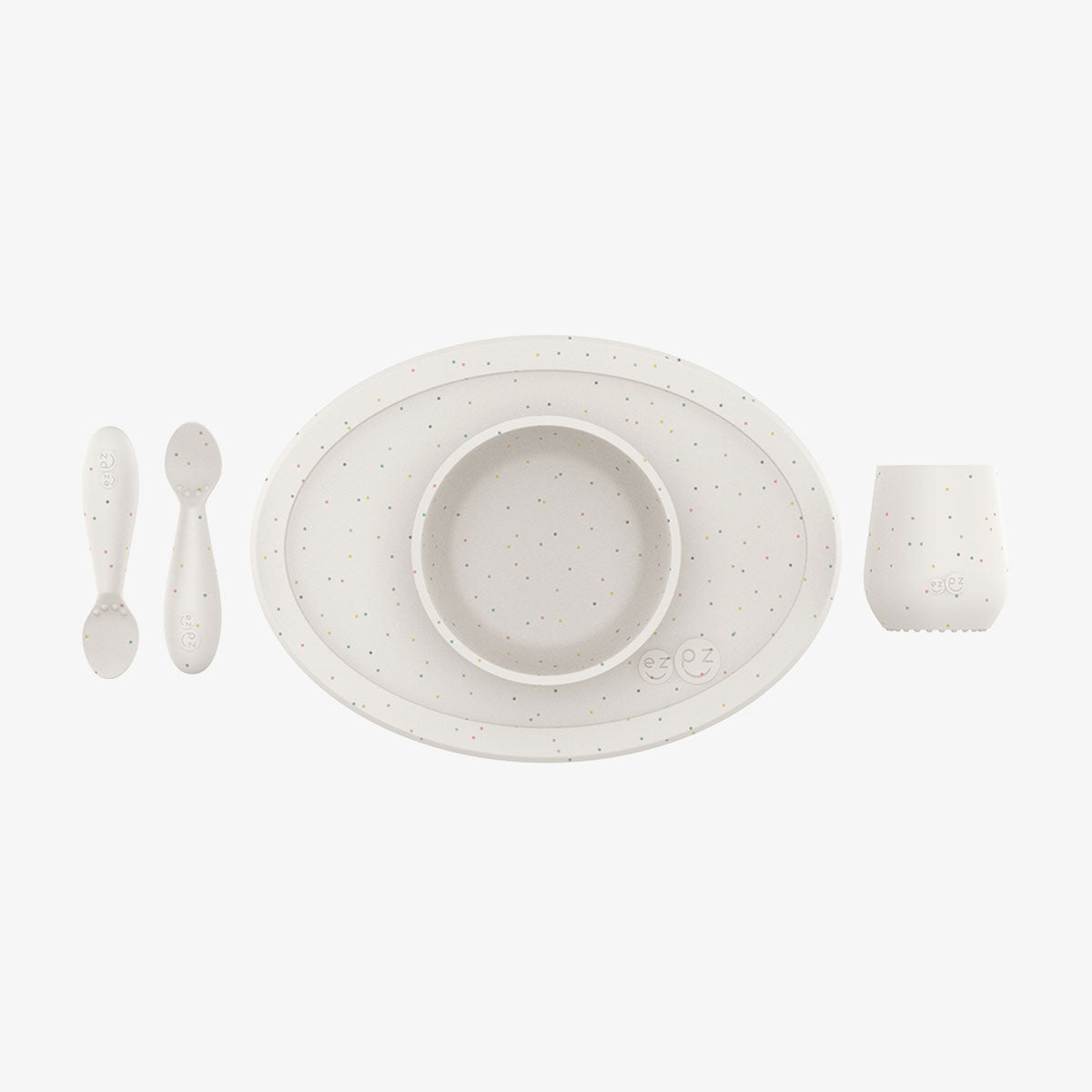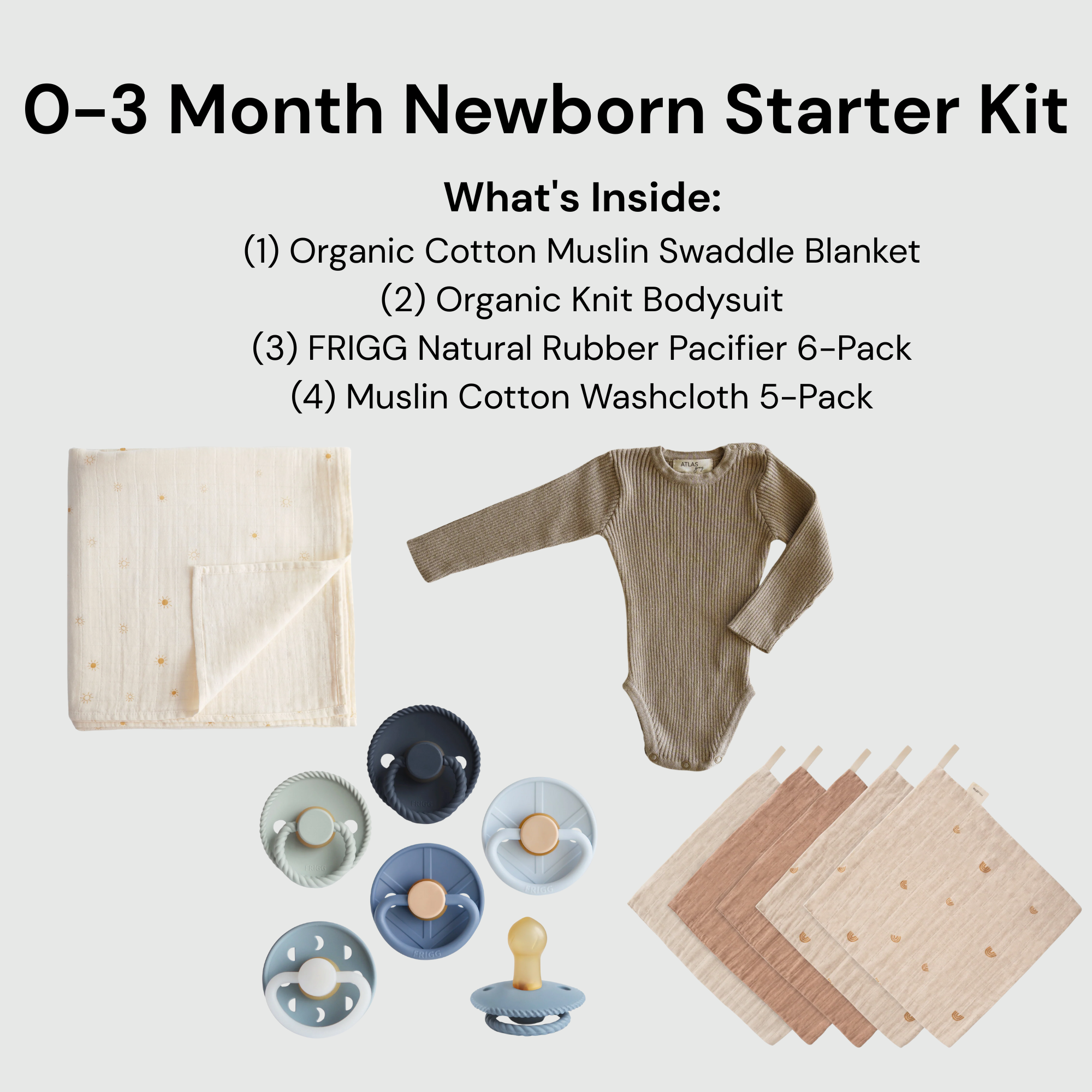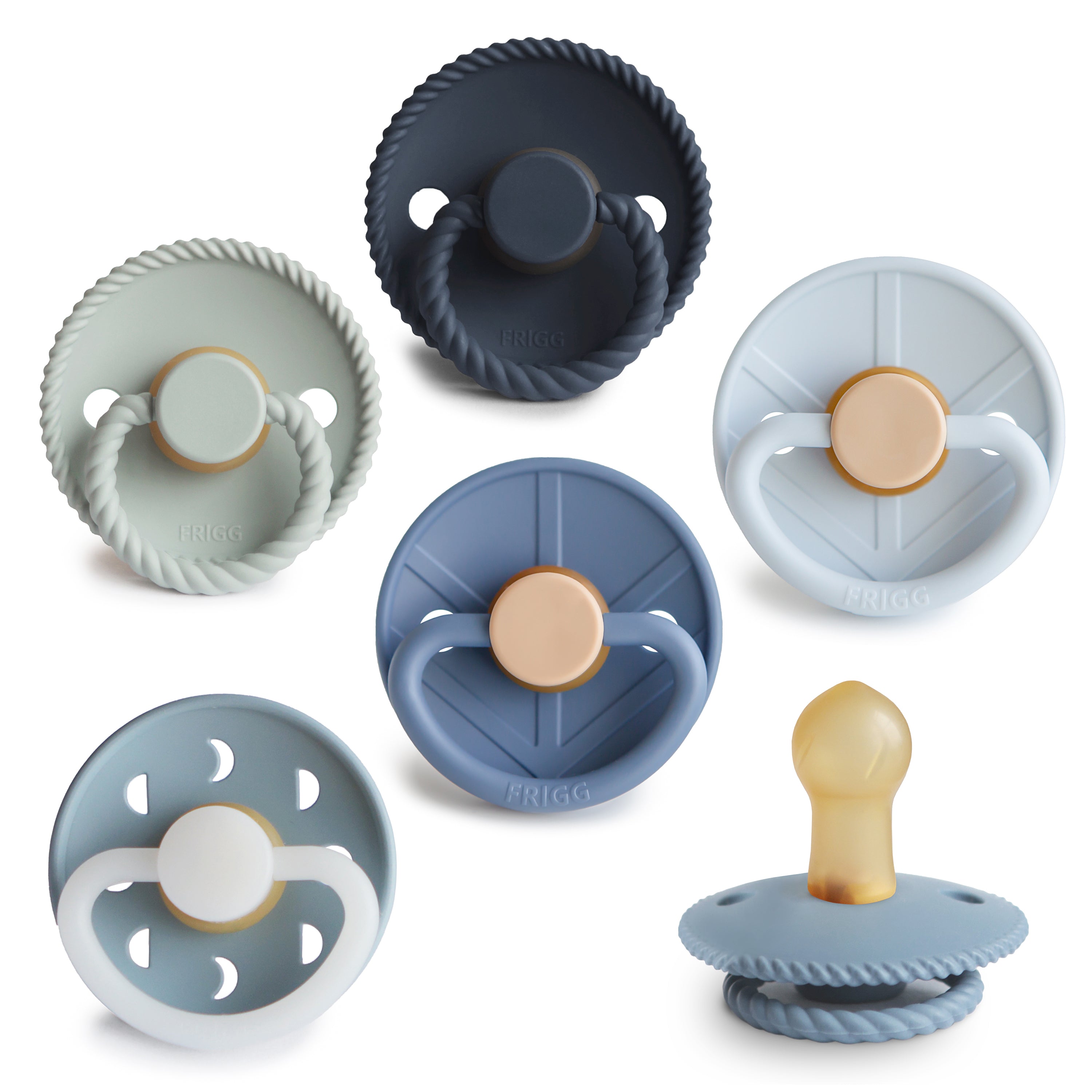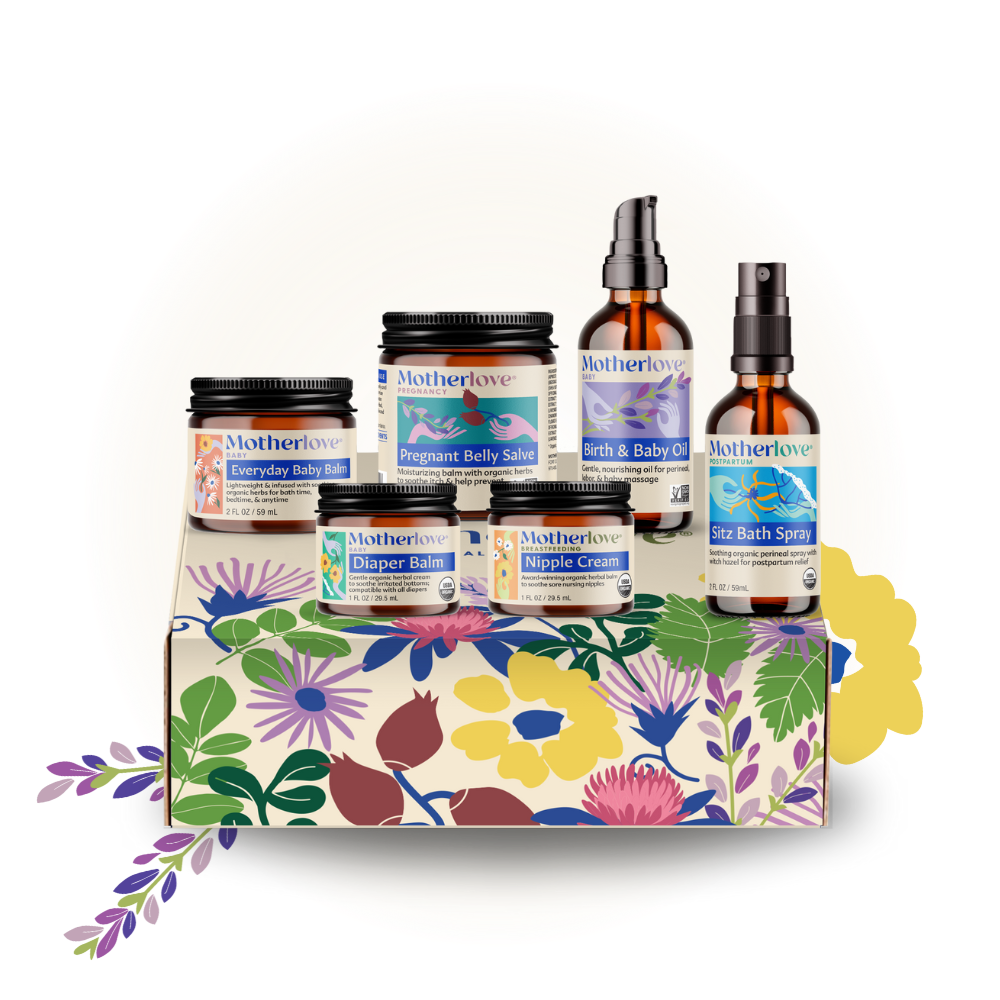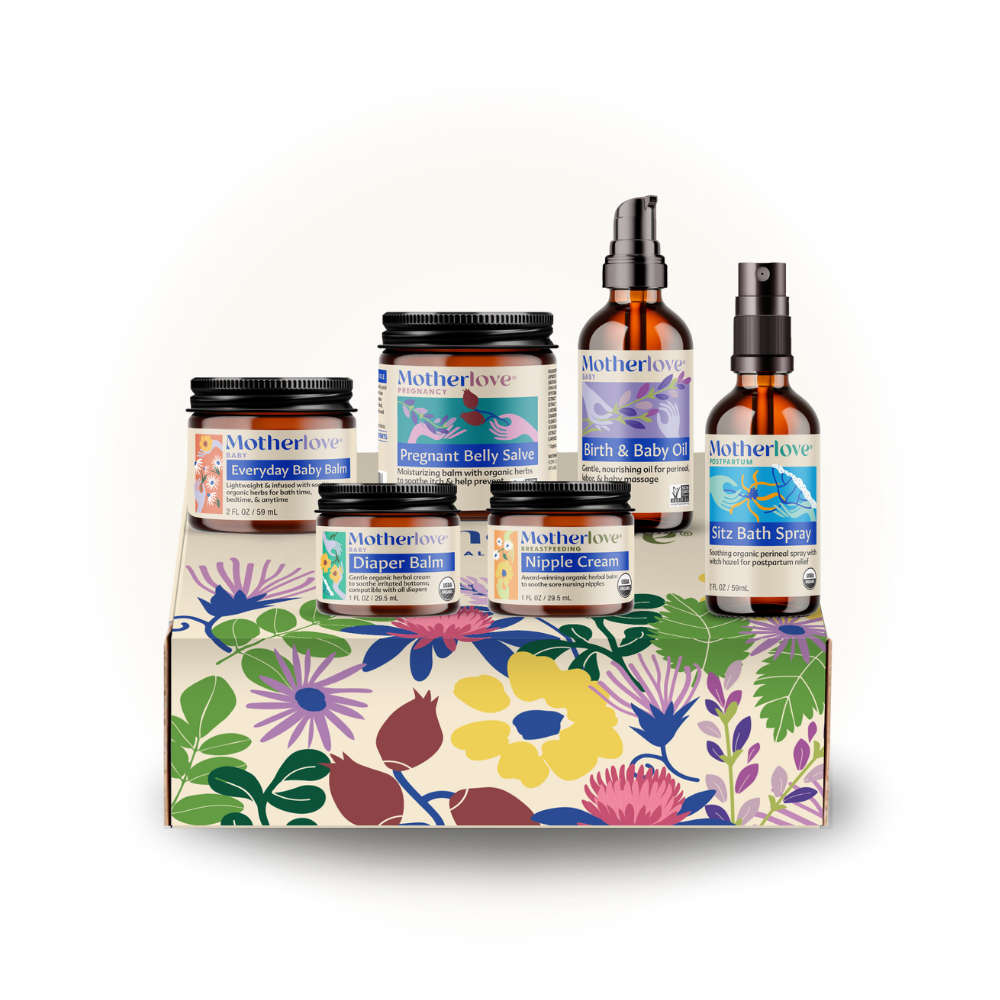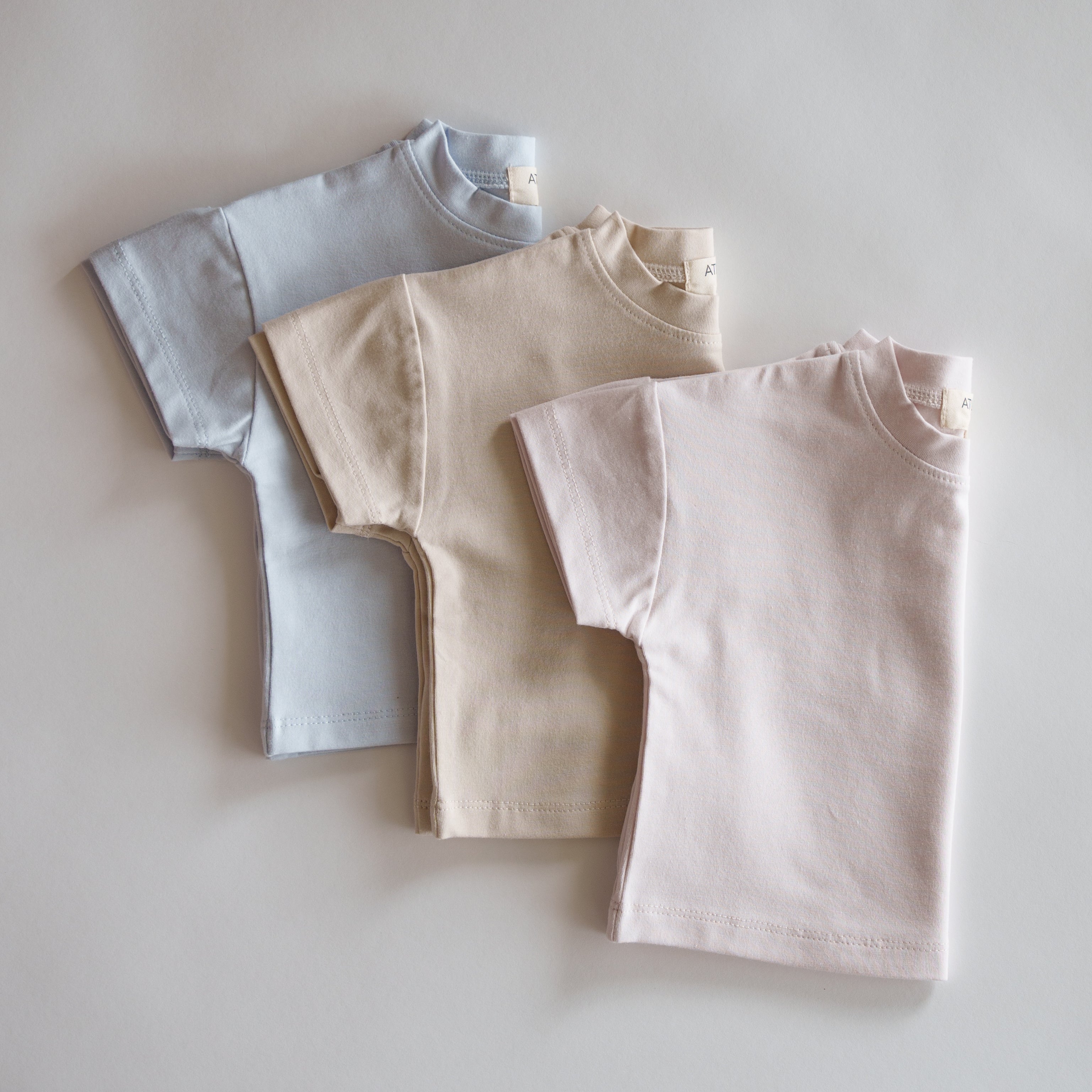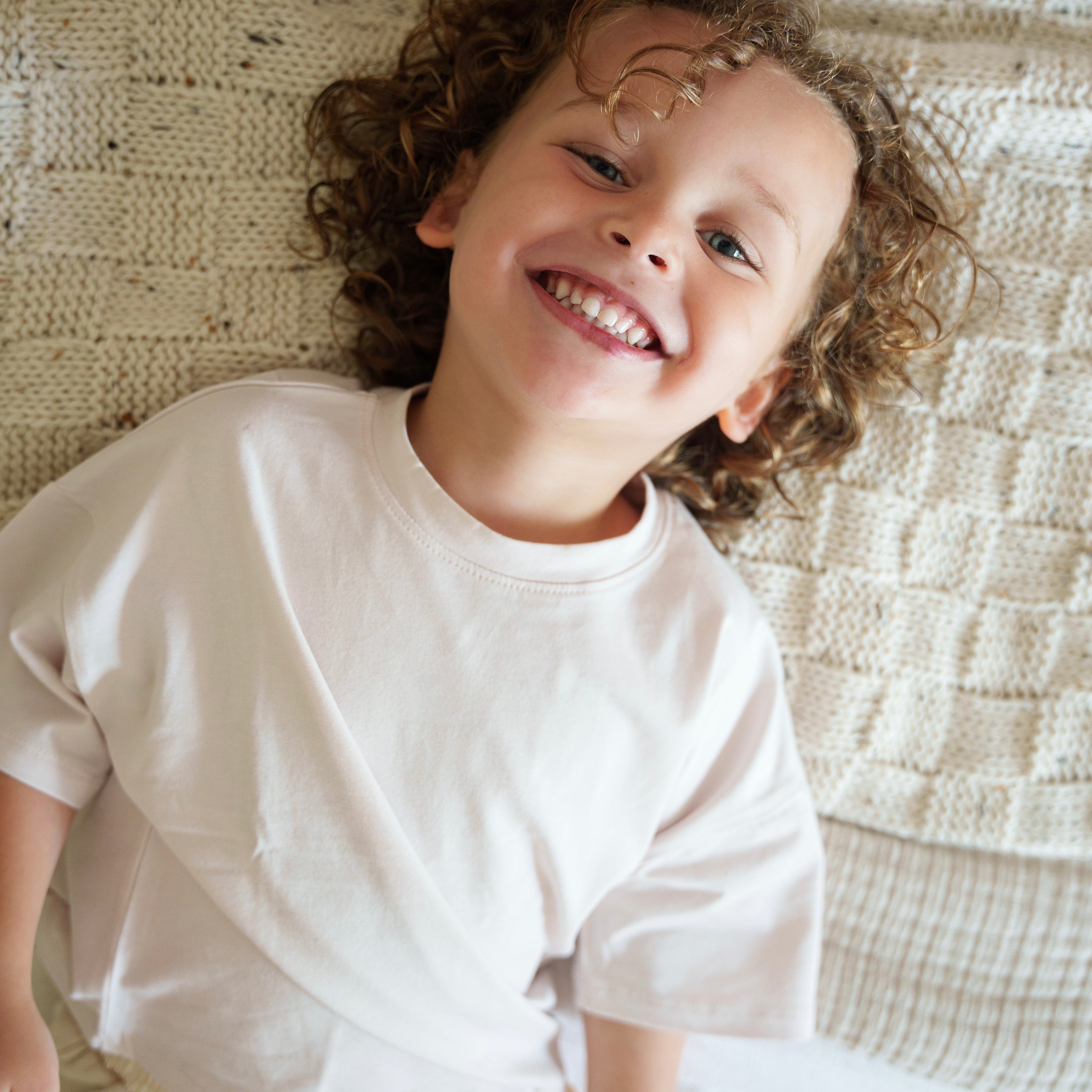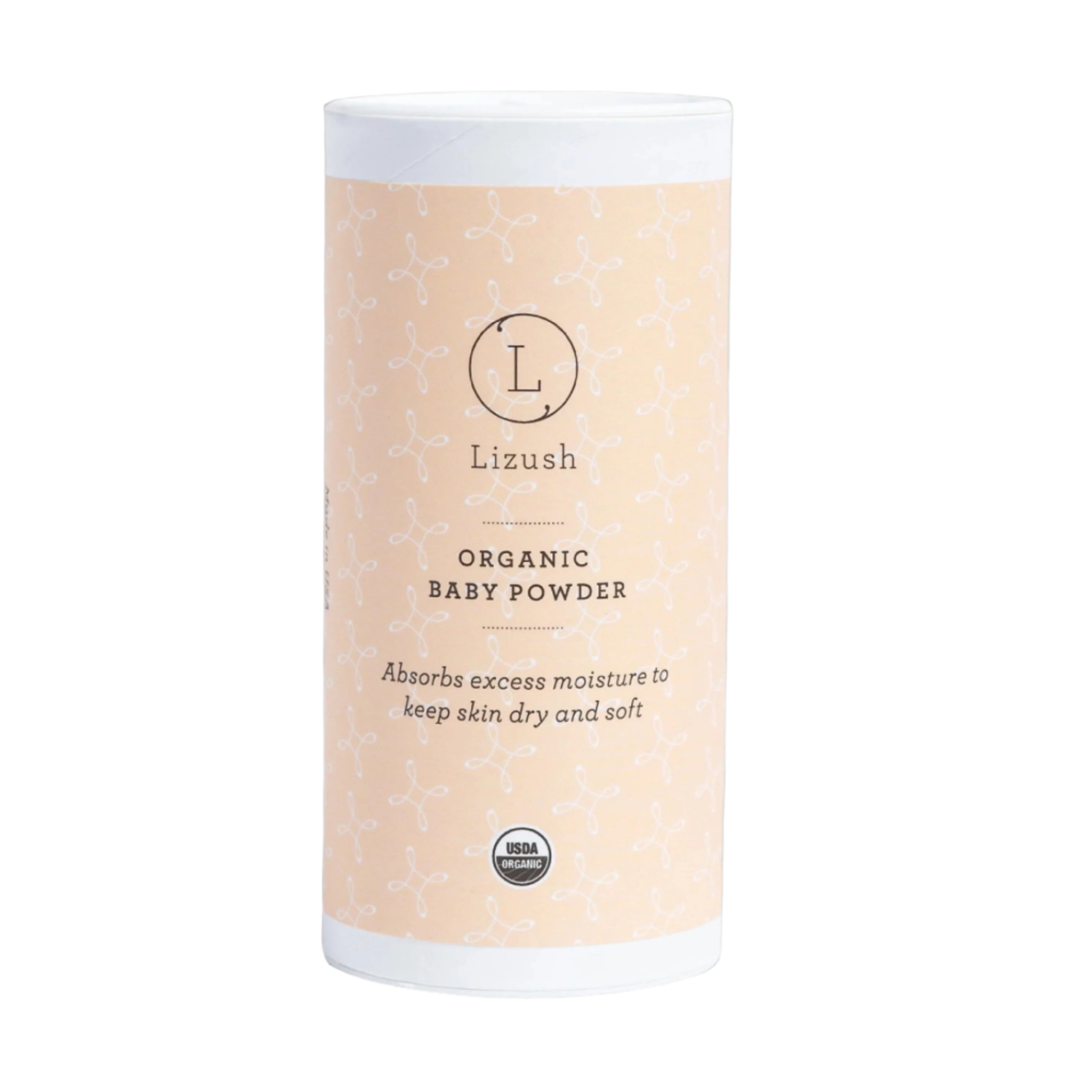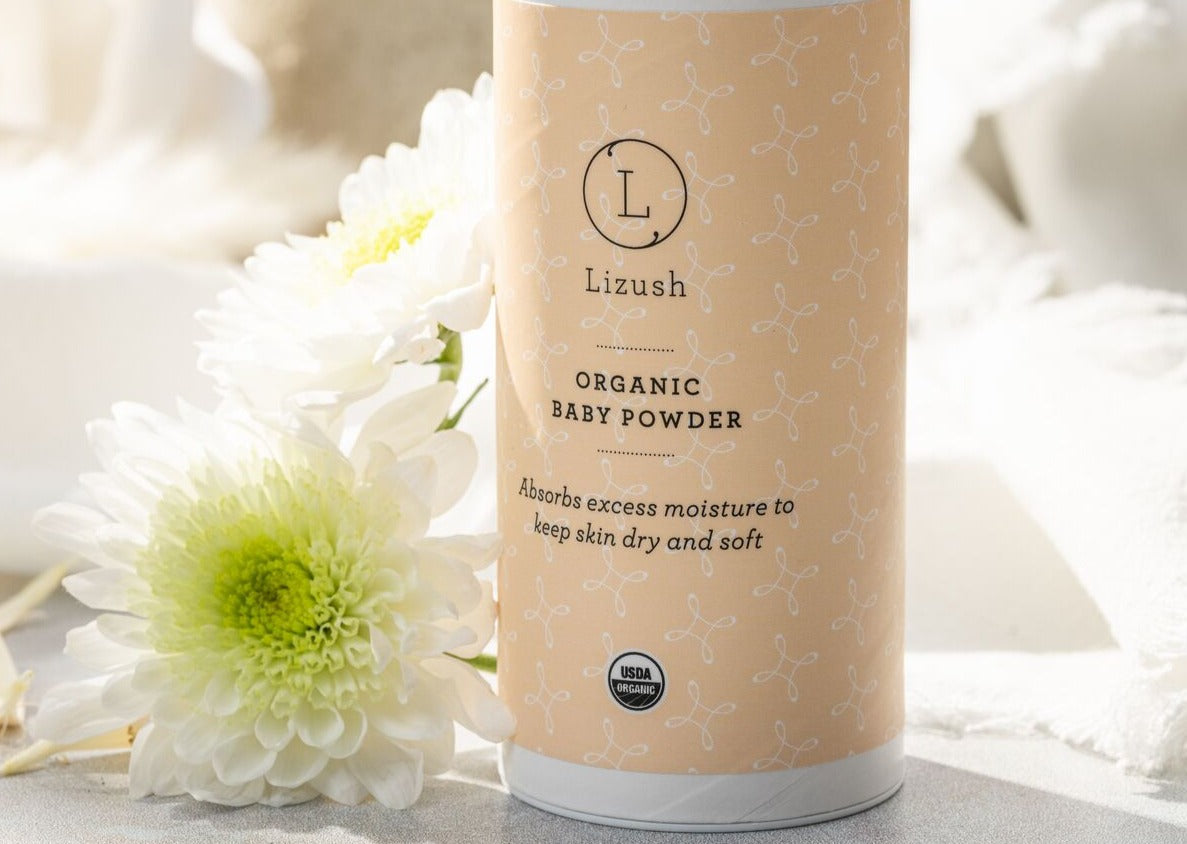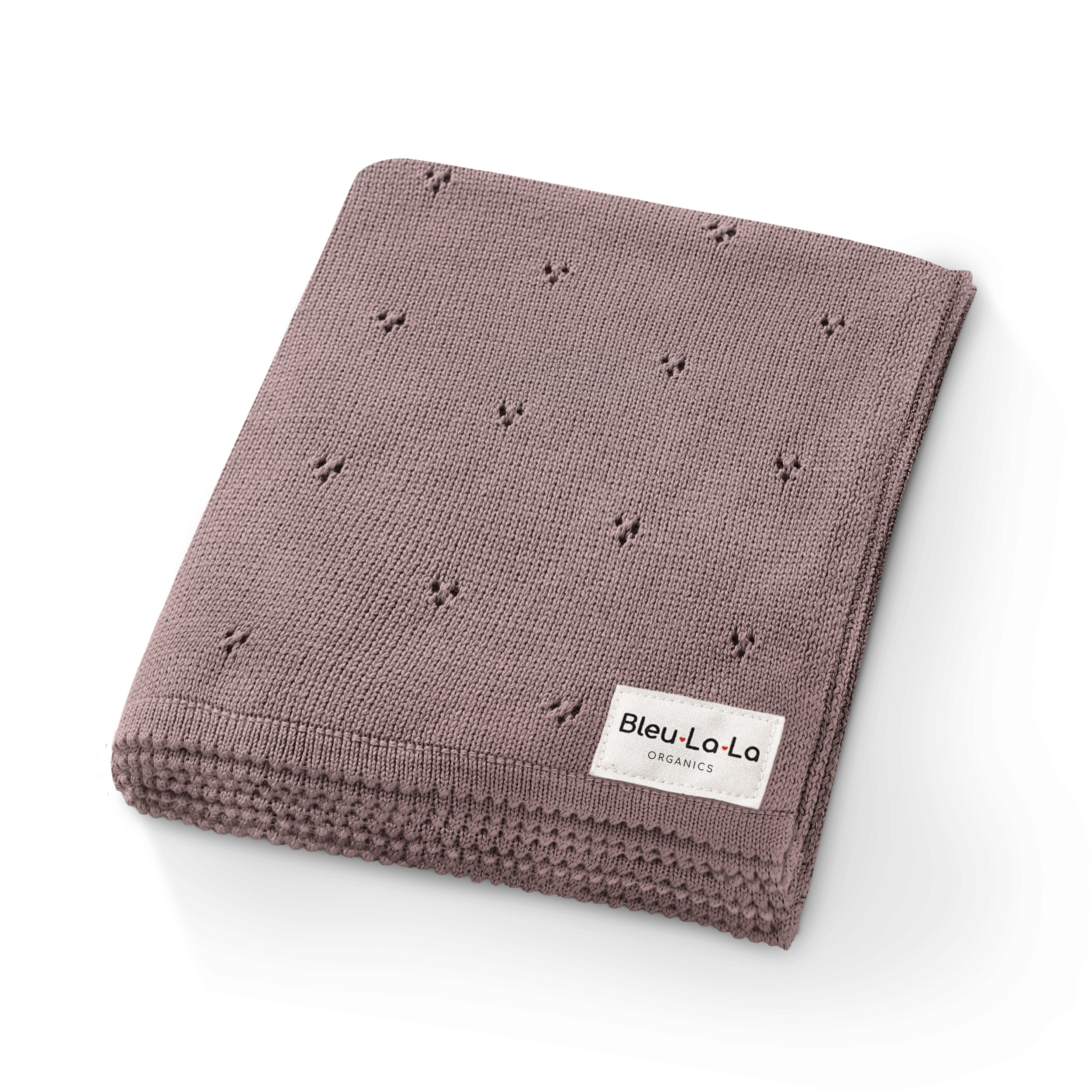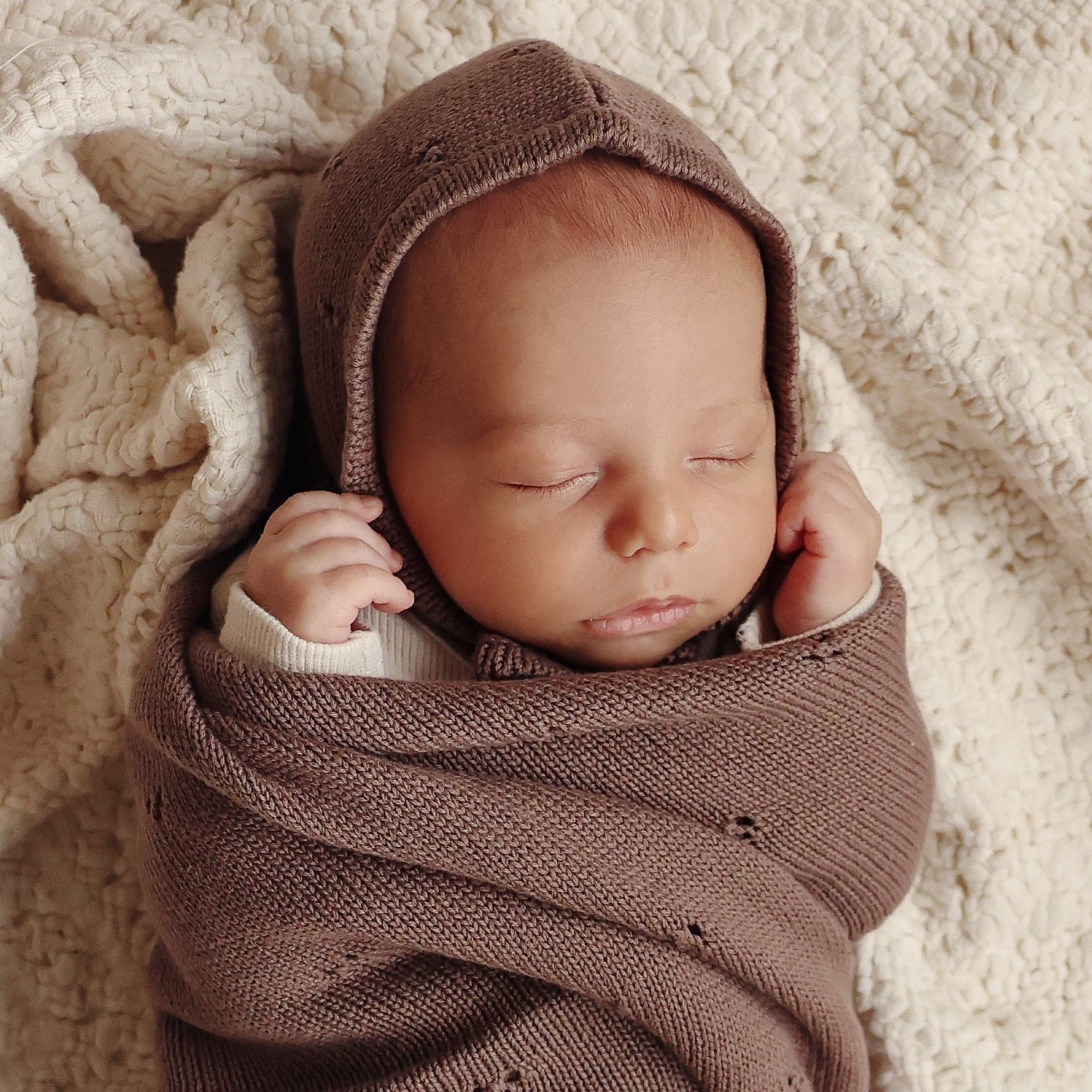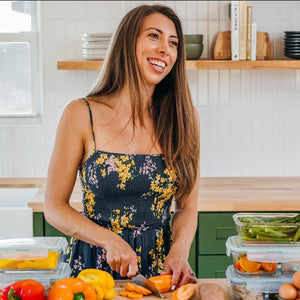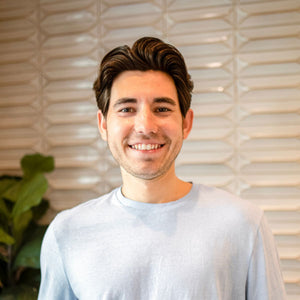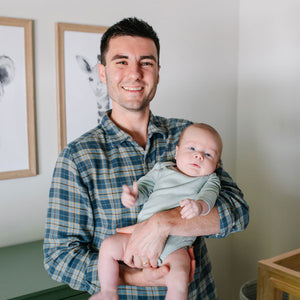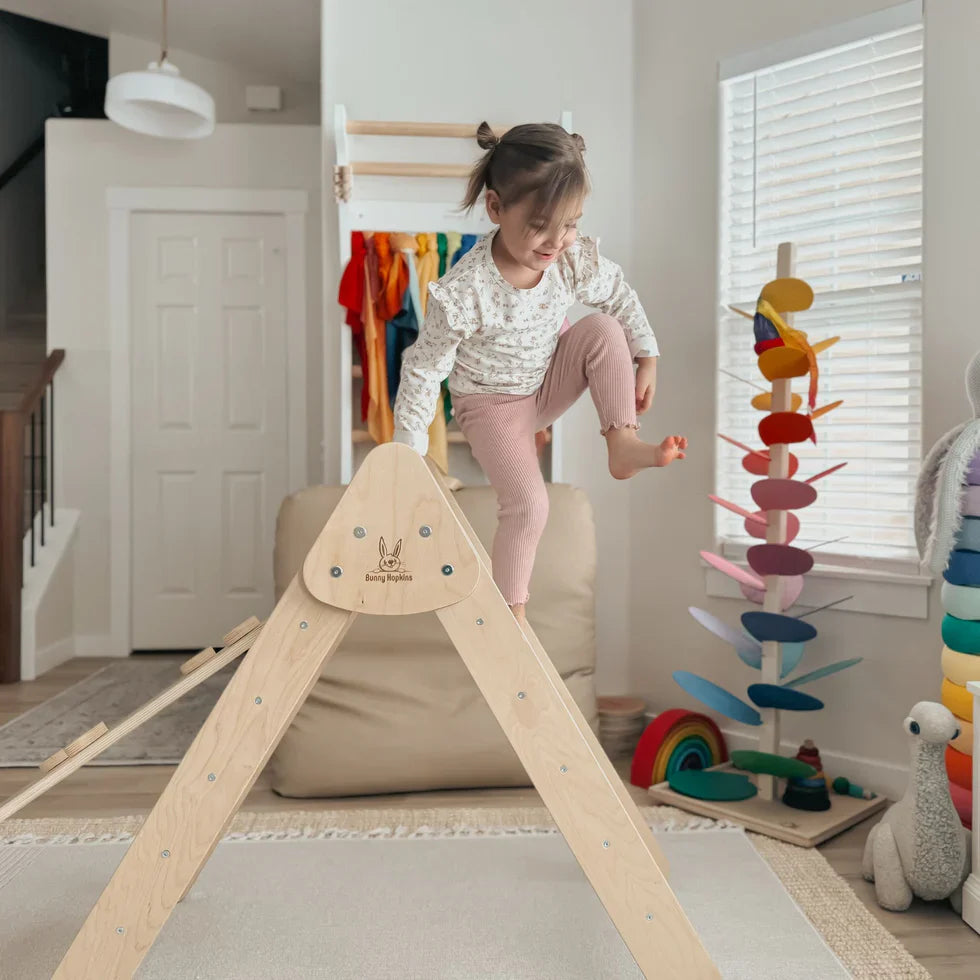Most Baby Products Aren't As Safe As You Think
Hidden Toxins
Many baby brands look healthy, but they still contain hidden toxins—things like chemicals, preservatives, and synthetic materials that can be harmful to your little one.
Misleading Labels
Even products labeled 'natural' or 'organic' can still contain questionable ingredients. Companies use buzzwords and certifications to appear clean, but many still include synthetic additives and preservatives that don't belong in baby products.
Lack of Transparency
Brands aren't always upfront about what's really in their products. Ingredients can be hidden under vague terms like 'fragrance' or proprietary blends, making it hard to know what you're actually using on your baby.
That's why we created Simple Steps Market—a place where you can find only the cleanest, safest baby products in one easy-to-shop marketplace.
Better-for-baby essentials
No harsh ingredients
Expert approved
All in one place
Shop by Category
Why Simple Steps?
Ingredient Transparency
No hidden toxins, ever. We carefully vet every product so you don’t have to.
Strict Standards
From baby food made without seed oils to clothes made without pesticides, only the cleanest and safest options make the cut.
Backed by Experts
Our selection is guided by leading experts in health, wellness, and non-toxic living.
Made for Conscious Parents
Whether you're a first-time parent or simply looking for better options, we make healthy choices simple.
A Marketplace You Can Trust
Founded by a team of health-conscious parents and experts, Simple Steps Market was created to take the guesswork out of choosing what's best for your little one. Because when it comes to your baby's health, every step matters.
Simple Steps Journal
10 Best Baby Products for 3-6 Month Olds (2025 Parent-Tested Guide)
As a new dad and co-founder of Simple Steps Market, I've spent months testing the best baby products for 3-6 month olds. This crucial stage brings teething, increased interaction, and desperate parents who need baby essentials that actually work. After testing hundreds of products, these 10 have proven themselves in real-world parent testing. Every item is non-toxic, safely vetted, and designed to make the 3-6 month stage easier for both babies and parents. Here are my top baby product recommendations for 3-6 months, with honest reviews from a parent in the trenches. _____________________________________________________________________________ Best Feeding Products for 3-6 Month Olds 1. Pura Kiki™ 9oz Stainless Steel Bottle - Best Non-Toxic Baby Bottle Why it's the best baby bottle for 3-6 months: This is the only 100% plastic-free baby bottle on the market—literally zero plastic components. The bottle and collar are made from naturally antibacterial #304 stainless steel, and it's Made Safe® certified. Real parent win: The bottle grows with your baby. When she outgrows bottles, you just swap the nipple for a sippy top, straw lid, or sport bottle cap. We're talking about a bottle that transitions from newborn to kindergarten soccer games. The lifetime warranty on stainless components means it's genuinely the last bottle you'll buy. Safety features: Internal volume markings make measuring formula or breast milk foolproof, even at 3am. The single-wall construction is lightweight but shatter-proof—critical when baby starts throwing everything. 2. Bökee Baby Bottle Holder - Best One-Handed Bottle Prep Why every parent needs this: Made from 100% food-grade silicone, this suction-cup holder lets you prep bottles with one hand while holding baby with the other. Compatible with any bottle type—plastic, glass, or silicone. Problem it solves: No more juggling act trying to open, fill, and close bottles while baby screams. It prevents knocked-over bottles (goodbye, wasted breast milk), and since it's all silicone, any spilled milk can be poured right back into the bottle. Versatility: Use it to hold sippy cups, store pump parts, or even open medicine bottles one-handed. Essential for the 3-6 month stage when babies need constant holding. 3. Mushie Silicone Sippy Cup - Best First Sippy Cup Perfect transition cup for 3-6 months: Made from 100% food-grade silicone that's soothing on teething gums, with a leak-resistant lid that actually works. Developmental benefits: The soft silicone is gentler than hard plastic when baby inevitably bonks herself in the face. The size is perfect for developing fine motor skills, and it's designed to be held by tiny hands without slipping. Durability: This cup has survived countless drops, throws, and even a trip through the washing machine. Still looks and works like new. _____________________________________________________________________________ Best Comfort Products for 3-6 Month Olds 4. FRIGG Baby's First Pacifier - Best Natural Rubber Pacifier Why these pacifiers are safest for 3-6 months: Made from 100% natural rubber, completely BPA-free and scent-free. The floral heart design is beautiful, and the 4-pack means you're not constantly hunting for lost pacifiers. Safety standards: These meet the strictest safety requirements—no synthetic fillers, no artificial scents, no hormone-disrupting chemicals. Just pure natural rubber that's soft, sustainable, and biodegradable. Practical benefits: The cream color doesn't show every speck of lint like white pacifiers do, and they're substantial enough not to get lost in couch cushions. 5. Mushie Silicone Pacifier Clip - Best Pacifier Clip Essential for 3-6 month olds: CPSIA tested and certified safe, designed at the perfect length to keep pacifiers off the ground while minimizing strangulation risk. Works with every major pacifier brand. Hygiene solution: No more sterilizing pacifiers that hit the ground constantly. The Eva design is clean and modern, complementing any baby outfit. Multi-use: Perfect for teethers, small toys, or snack containers. One clip, endless uses throughout the 3-6 month stage. _____________________________________________________________________________ Best Development Toys for 3-6 Month Olds 6. Mushie Silicone Baby Rattle - Best First Rattle Perfect first rattle for 3-6 months: Food-grade silicone that's safe for constant mouthing during the teething phase. The size is ideal for developing pincer grasp skills. Developmental benefits: Multiple textures provide sensory input, the weight builds hand strength, and the shape encourages two-handed play as baby develops. Safety advantage: Unlike plastic rattles that crack and harbor bacteria, this is one solid piece that cleans easily and never breaks. 7. Wee Gallery Art Cards - Best Visual Development Cards Essential for 3-6 month development: High-contrast black and white designs specifically created for developing infant vision. The jungle animals are engaging without overwhelming young babies. Tummy time game-changer: These transformed tummy time from daily struggle to enjoyable activity. Perfect for the 3-6 month attention span. Educational value: Each card supports visual development and early learning, while being sturdy enough for baby exploration. 8. Mushie Rainbow Teether - Best Teething Toy for 3-6 Months Ideal teething relief: Multiple textures and surfaces provide different sensory experiences. The rainbow shape is easy to grasp and won't get lost easily. Teething benefits: Soft silicone feels good on sore gums, with various ridges providing targeted relief for different mouth areas. Design bonus: Beautiful enough to leave out without making your home look like a daycare. _____________________________________________________________________________ Best Baby Clothes for 3-6 Months 9. Shop Atlas Grey Organic T-Shirts - Best Organic Baby Clothes Why organic matters for 3-6 months: GOTS-certified organic cotton free from harmful chemicals, pesticides, and dyes. The oversized fit accommodates rapid growth during this stage. Value for parents: Having three identical shirts means there's always a clean one for blowouts. The organic cotton gets softer with each wash. Perfect for sensitive skin: Ideal for babies developing skin sensitivities during the 3-6 month period. 10. Tabeeze Bottom-Up Bodysuit - Best Baby Bodysuit Innovation Revolutionary for 3-6 month olds: Instead of pulling over baby's head, you step baby into it from the bottom and zip up. Perfect for babies who hate traditional dressing. Problem solver: No more wrestling crying babies through tiny holes. No bumping sensitive heads or ears during changes. Ideal for this age: 3-6 month babies are becoming more aware and often resist head-over changes. This eliminates the struggle entirely. _____________________________________________________________________________ Why These Products Are Best for 3-6 Month Olds The 3-6 month stage brings unique challenges: teething begins, babies become more interactive, and parents desperately need products that actually work. These 10 baby essentials have proven themselves through daily real-world testing. Safety first: Every product has passed rigorous safety vetting. We check ingredients, materials, certifications, and manufacturing practices. Parent-tested: These aren't marketing picks—they're products that have survived spit-up, teething, and the general chaos of life with a 3-6 month old. _____________________________________________________________________________ Frequently Asked Questions About Baby Products for 3-6 Months What products do 3-6 month old babies need most? The most essential products for 3-6 months include safe feeding bottles, teething toys, comfort items like pacifiers, and clothes that accommodate rapid growth and increased activity. When should I introduce sippy cups to my baby? Most babies can start practicing with sippy cups around 4-6 months, making this the perfect time to introduce transition cups like the Mushie Silicone Sippy Cup. Are these products safe for teething babies? Yes, all teething-safe products listed (rattles, teethers, pacifiers) are made from food-grade materials that are completely safe for constant mouthing during the teething phase. _____________________________________________________________________________ Conclusion Finding the best baby products for 3-6 month olds doesn't have to be overwhelming. These 10 essentials have been tested by real parents and proven to make this beautiful but chaotic stage easier for everyone. Ready to shop? Find all of these parent-approved baby products at Simple Steps Market, where every item is vetted for safety and tested by real families. Questions about any of these products? Contact me at support@simplestepsmarket.com. I'm always happy to help fellow parents navigate this journey.
Learn moreWhy Low‑EMF Baby Monitors Matter
Parents want the safest environment for their newborns—and reducing exposure to electromagnetic fields (EMFs) is an important step. EMFs come from everyday devices: Wi‑Fi routers, cell phones—even conventional baby monitors. But babies are more vulnerable: Thinner skulls and smaller brains absorb up to 10× more radiation than adults. A developing brain is more conductive and EMF‑absorbent, increasing potential health risks compared to mature brains. Taking a precautionary approach - opting for a low-emission, non-WiFi baby monitors - supports safe early development. 🚼 Radiation and Baby Brains: What We Know While ionizing radiation (like X‑rays) clearly damages DNA and can impair cognitive development, non‑ionizing EMF (from Wi‑Fi, baby monitors, etc.) does not break DNA—but emerging science suggests it might still affect health: Carcinogenic risk: The IARC (WHO) classifies radio frequency EMF as possibly carcinogenic (Group 2B) Sleep & brain activity: A pilot study exposed adults to 2.45 GHz baby monitor RF for a week—result? Significant sleep disruption and altered EEG patterns. Poor sleep in early life could affect learning, memory, and emotional regulation. Child leukemia link: Household ELF EMF (>0.3–0.4 μT) has been associated with ~1.4–2× higher risk of childhood leukemia —even though high‑exposure cases are rare. Learning & ADHD concerns: Correlations have been noted between EMF exposure and ADHD or learning differences—a signal to watch as kids grow. Though conclusive proof is still missing, these studies make clear that minimizing EMF exposure during early brain growth is a smart precaution. ✅ Simple Steps for a Lower‑Emission Nursery Choose a non‑WiFi (radio-only) or low‑EMF smart baby monitor: Split‑screen for twins? Many low‑emission models offer split-screen capabilities. Bebcare’s monitor delivers smart features plus split‑screen display while keeping emissions low. Disable unnecessary wireless: Turn off WiFi or Bluetooth on the monitor when not actively used. Mind the distance: Even if emissions comply with guidelines, experts advise keeping the monitor at least a foot (30 cm) from the crib. Use integrated breathing sensors: These provide real-time alerts without needing continuous RF transmission—great for peace of mind. Power down during naps or nights: If it’s not needed, turn off the monitor—or use Bebcare’s low‑emission tech that lets you do just that with ease. Why Bebcare Stands Out Low EMF & low emissions: Designed to minimize RF exposure compared to WiFi or smart monitors. Smart features: Includes breathing sensor, split‑screen for twins, room temp alerts—without compromising on safety. Radiation-aware design: Built on insights from studies showing EMF’s potential impact on baby sleep, brain activity, and developmental health. 📝 Final Take Low EMF—Bebcare avoids Wi‑Fi emissions and helps protect developing brains. Smart & safe—You get advanced monitoring (breathing sensor, split screen) without the radiation risk. Built with care—Designed around infant sensitivity to EMFs, per scientific findings. Parents deserve peace of mind. Bebcare offers it—through smart tech and safety. Shop Bebcare products now!
Learn moreThe Ultimate Guide to Baby Product Certifications
As a parent, you want the safest products for your baby. But walking down store aisles filled with products covered in certification logos can feel overwhelming. Which labels actually matter? What do they really mean? And how can you quickly identify products that meet the highest safety standards? We've broken down the 6 most important certifications every parent should know when shopping for baby products. These aren't just marketing buzzwords—they're rigorous standards that ensure the products you bring home are truly safe for your little one. Image Source 1. GREENGUARD Gold: The Gold Standard for Nursery Air Quality What it means: Products certified by GREENGUARD Gold meet some of the world's most rigorous chemical emissions standards, ensuring they won't pollute your baby's breathing space. Why it matters: Babies breathe faster than adults and are more sensitive to airborne chemicals. GREENGUARD Gold certification means furniture, mattresses, and other products have been tested for over 10,000 chemicals and proven to have low emissions. Look for it on: Cribs, changing tables, dressers, mattresses, rocking chairs, and other nursery furniture. What to spot: The distinctive GREENGUARD Gold logo, which is different from the standard GREENGUARD certification (Gold has stricter standards for children's products). Image Source 2. GOTS (Global Organic Textile Standard): Clean Clothes for Clean Consciences What it means: GOTS is the gold standard for organic textiles, ensuring that products are made from at least 70% organic fibers and meet strict environmental and social criteria throughout the supply chain. Why it matters: Your baby's skin is their largest organ and incredibly absorbent. GOTS certification means clothing, blankets, and bedding are free from harmful chemicals like formaldehyde, heavy metals, and toxic dyes. Look for it on: Baby clothes, blankets, sheets, swaddles, burp cloths, and stuffed animals. What to spot: The official GOTS logo with a certification number. Beware of products that just say "organic" without the GOTS certification—they may not meet the same rigorous standards. Image Source 3. USDA Certified Organic: Beyond Food What it means: While most parents know this certification from food, it also applies to personal care products and textiles. It ensures products are made without synthetic pesticides, herbicides, or artificial ingredients. Why it matters: Babies put everything in their mouths and their skin absorbs what you put on it. USDA Organic ensures lotions, shampoos, and other personal care products are made with ingredients you'd feel comfortable with your baby ingesting. Look for it on: Baby lotions, shampoos, soaps, diaper creams, and some textiles. What to spot: The official USDA Organic seal. Products must contain at least 95% organic ingredients to display this logo. Image Source 4. OEKO-TEX Standard 100: Textile Safety Made Simple What it means: This certification tests textiles for over 100 harmful substances at every stage of production, from raw materials to the finished product. Why it matters: Traditional textile manufacturing can use hundreds of chemicals. OEKO-TEX Standard 100 ensures that what touches your baby's skin has been tested and proven safe. Look for it on: Clothing, bedding, towels, bibs, and any fabric products. What to spot: The OEKO-TEX Standard 100 label with a specific test number. Each product is individually tested, so look for the unique certification number. Image Source 5. EWG Verified: Science-Based Safety What it means: The Environmental Working Group (EWG) verifies products that meet their strict standards for ingredient transparency and safety, avoiding ingredients linked to health concerns. Why it matters: EWG maintains one of the most comprehensive databases of ingredient safety research. Their verification means a product has been thoroughly vetted against the latest scientific findings. Look for it on: Baby care products, cleaning supplies, sunscreens, and personal care items. What to spot: The "EWG VERIFIED" mark. EWG also provides ratings for many products even if they're not officially verified, so check their website for product scores. Image Source 6. Clean Label Project Verified: Testing Beyond the Label What it means: This certification tests finished products (not just ingredients) for over 400 industrial and environmental contaminants that can sneak into products during manufacturing. Why it matters: Even products made with good ingredients can pick up contaminants during production. Clean Label Project testing catches heavy metals, pesticides, and other toxins that standard testing might miss. Look for it on: Baby food, formula, supplements, and increasingly personal care products. What to spot: The Clean Label Project Purity Award symbol, which indicates the product scored in the cleanest category for its product type. Red Flags to Watch For While shopping, be wary of these misleading terms that sound safe but aren't regulated: "Natural" (no legal definition) "Non-toxic" (no standardized meaning) "Chemical-free" (everything is made of chemicals) "Hypoallergenic" (no FDA regulation) Your Shortcut to Safer Shopping Researching every product's certifications takes time that busy parents simply don't have. Between diaper changes, feeding schedules, and everything else on your plate, who has hours to decode certification labels? That's exactly why Simple Steps Market exists. We've already done this research for you. Every product in our marketplace meets these rigorous certification standards, so you can shop with confidence knowing that everything you see has been pre-vetted for safety and quality. Instead of spending your precious free time reading ingredient lists and researching certifications, you can focus on what matters most—enjoying time with your baby. When you shop Simple Steps Market, you're not just buying baby products; you're investing in peace of mind. Ready to shop safer? Browse our curated collection of certified baby products and discover the difference that proper vetting makes.
Learn moreBig News: The FDA Is Updating Baby Formula Regulations (After 25 Years)
🍼 For the first time since 1998, the FDA is launching a comprehensive review of baby formula nutrition and safety standards—and we think it’s about time. Why This Matters: Parents have long been told to trust what’s on the shelf—but the truth is, many baby formulas in the U.S. have lagged behind when it comes to ingredient quality and transparency. Now, thanks to Operation Stork Speed, the FDA will finally: ✅ Update nutrient requirements for baby formula ✅ Increase testing for heavy metals and contaminants ✅ Extend the personal importation policy (so you can access better international brands) ✅ Require clearer labeling and work with companies on ingredient transparency ✅ Partner with the NIH to study short- and long-term health outcomes of formula-fed babies 👉 Translation: safer, more transparent options could finally become the norm. Important to note: The information provided in this blog is for educational and informational purposes only and is not intended as medical advice. Always consult with your pediatrician, healthcare provider, or a licensed medical professional before making decisions about infant feeding or switching formulas. What to Look For in a Safer Formula While we wait for these regulations to catch up, here’s how you can choose a better-for-baby formula today: 🍼 100% Lactose as the carb source (no corn syrup or maltodextrin) 🌿 Non-GMO and USDA Organic 🐄 Grass-fed milk, when possible 💚 A2 casein protein for sensitive tummies (easier to digest) Formula Brands We Trust Here’s a breakdown of better options, depending on your baby’s needs—and your preferences: ✅ Good (Uses skim milk, better ingredients than mainstream brands) Bobbie Baby’s Only Loulouka 💪 Better (Uses whole milk, closer to breast milk composition) ByHeart Bubs Bobbie Whole Milk Formula Kendamil Nannycare Jovie Formula Little Oak 🏆 Best (Whole milk and no seed oils) Serenity A2 Formula* Sammy’s Milk *FAQ about serenity’s toddler formula: This product is not an infant formula so we are not allowed to recommend this product for infants. Our Toddler Formula contains the required FDA nutrients for infant formula, however, it has not yet gone through the FDA evaluation process that is required for infant formula. So until then, we can only recommend our Grass Fed A2 Whole Milk Toddler Formula for children ages 12 months and up, or as directed by a health professional. Bottom Line We’re thrilled the FDA is finally stepping up. But you don’t have to wait for safer options. At Simple Steps Market, we’re committed to guiding you toward better-for-baby choices today. ✨ Because every baby deserves the best start—and that starts with what’s in the bottle. 🛒 Tap here to explore vetted formula options and non-toxic baby essentials → Simple Steps Market.
Learn more